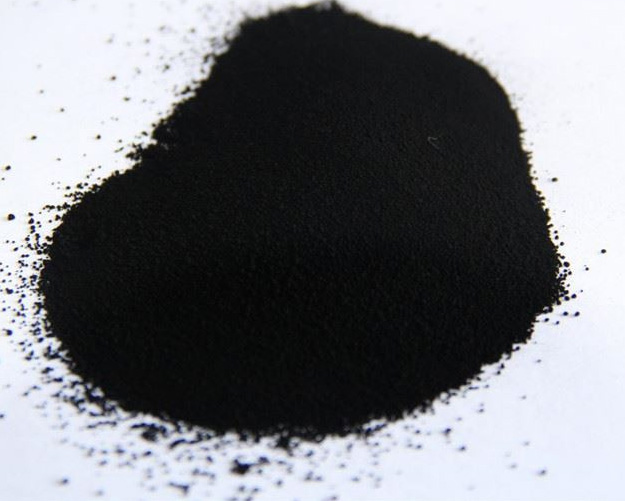
Carbon black, is an amorphous carbon, light, loose and extremely fine black powder, which can be understood as the bottom of the pot.
It is a product obtained by incomplete combustion or thermal decomposition of carbonaceous substances such as coal, natural gas, heavy oil, and fuel oil under the condition of insufficient air.

The main component of carbon black is carbon, which is the earliest nanomaterial developed, applied and currently produced by mankind. , is listed as one of the twenty-five basic chemical products and fine chemical products by the international chemical industry.
The carbon black industry is of great significance to the tire industry, dyeing industry and improving the quality of civil life products.
1. According to production
Mainly divided into lamp black, gas black, furnace black and slot black.
2. According to the purpose
According to different uses, carbon black is usually divided into carbon black for pigment, carbon black for rubber, conductive carbon black and special carbon black.
Carbon black for pigment - Internationally, according to the coloring ability of carbon black, it is usually divided into three categories, namely high-pigment carbon black, medium-pigment carbon black and low-pigment carbon black.
This classification is usually represented by three English letters, the first two letters indicate the coloring ability of carbon black, and the last letter indicates the production method.
3. According to the function
Mainly divided into reinforced carbon black, colored carbon black, conductive carbon black, etc.
4. According to the model
Mainly divided into N220, N330, N550, N660, N990, N110, N115, N234, N326, N339, N375, N539, N550, N880, etc.
The carbon black used in the rubber industry accounts for more than 90% of the total carbon black output. Mainly used for various types of tires, such as car tires, tractor tires, aircraft tires, power car tires, bicycle tires, etc. About 10 kilograms of carbon black is needed to manufacture an ordinary automobile tire.
In the carbon black for rubber, more than three-quarters of the carbon black is used in the manufacture of tires, and the rest is used in other rubber products, such as tapes, hoses, rubber shoes, etc. In the rubber product industry, the consumption of carbon black accounts for about 40~50% of the consumption of rubber.
The reason why carbon black is used so much in rubber is its excellent so-called "reinforcing" ability. This "reinforcing" ability of carbon black was first discovered in natural rubber as early as 1914. It has now been confirmed that for synthetic rubber, the reinforcing ability of carbon black plays an even more important role.
The most important sign of carbon black reinforcement is to improve the wear performance of the tire tread. A tire with 30% reinforced carbon black can travel 48,000 to 64,000 kilometers; while filling the same amount of inert or non-reinforcing filler instead of carbon Black, its mileage is only 4800 kilometers.
In addition, reinforced carbon black can also improve the physical and mechanical properties of rubber products, such as tensile strength and tear strength. For example, adding reinforcing carbon black to crystalline rubber such as natural rubber or neoprene can increase the tensile strength by about 1 to 1.7 times compared to vulcanized rubber without carbon black; In rubber, it can be increased to about 4 to 12 times.
In the rubber industry, the type of carbon black and its compounding amount should be determined according to the purpose and use conditions of the product. For example, for tire treads, wear resistance must be considered first, so high-reinforcing carbon blacks, such as ultra-abrasion-resistant furnace black, medium-high wear-resistant furnace black or high-abrasion-resistant furnace black, are required; while tread and carcass rubber The material requires carbon black with minimum hysteresis loss and low heat generation.